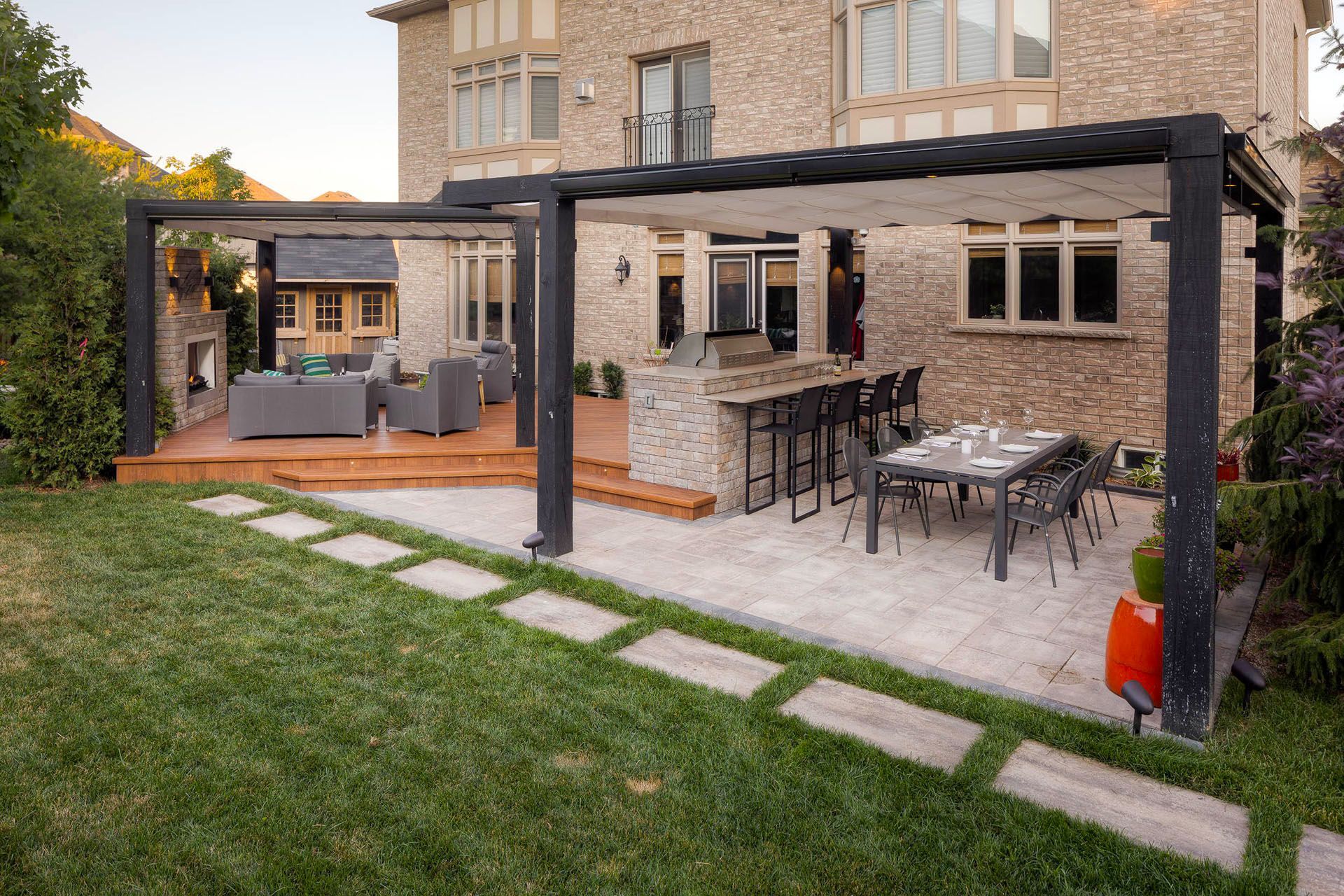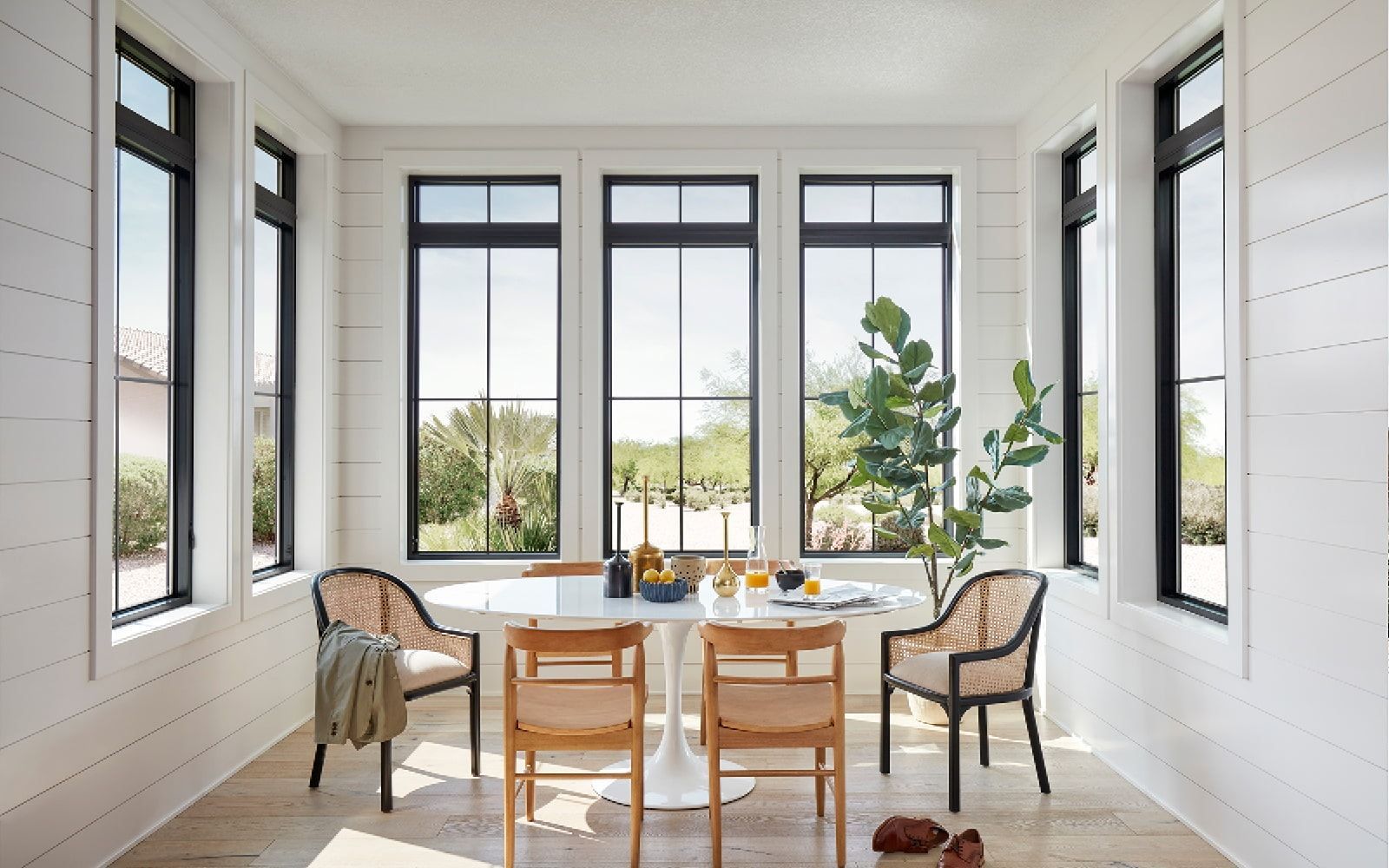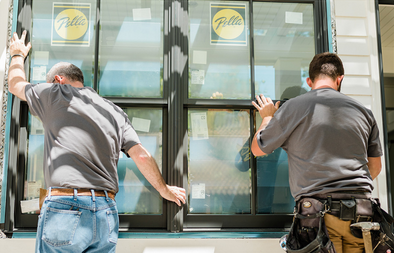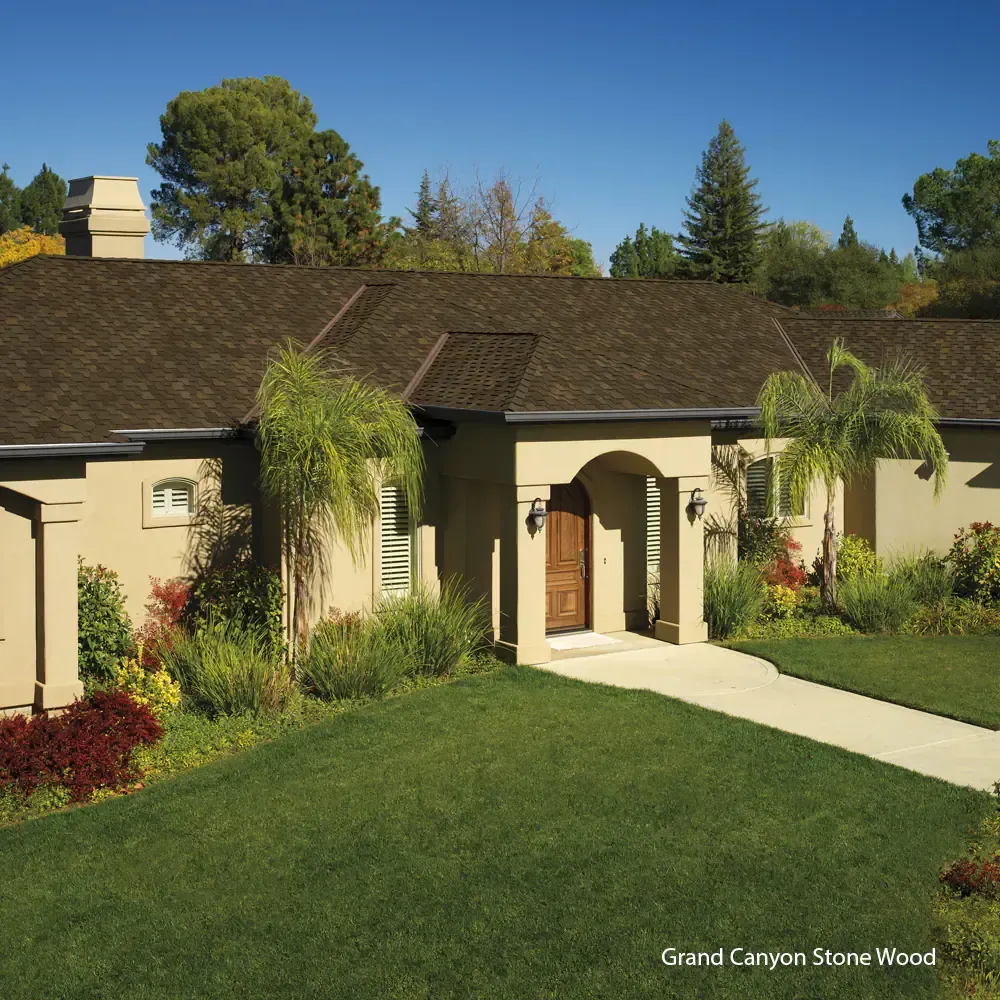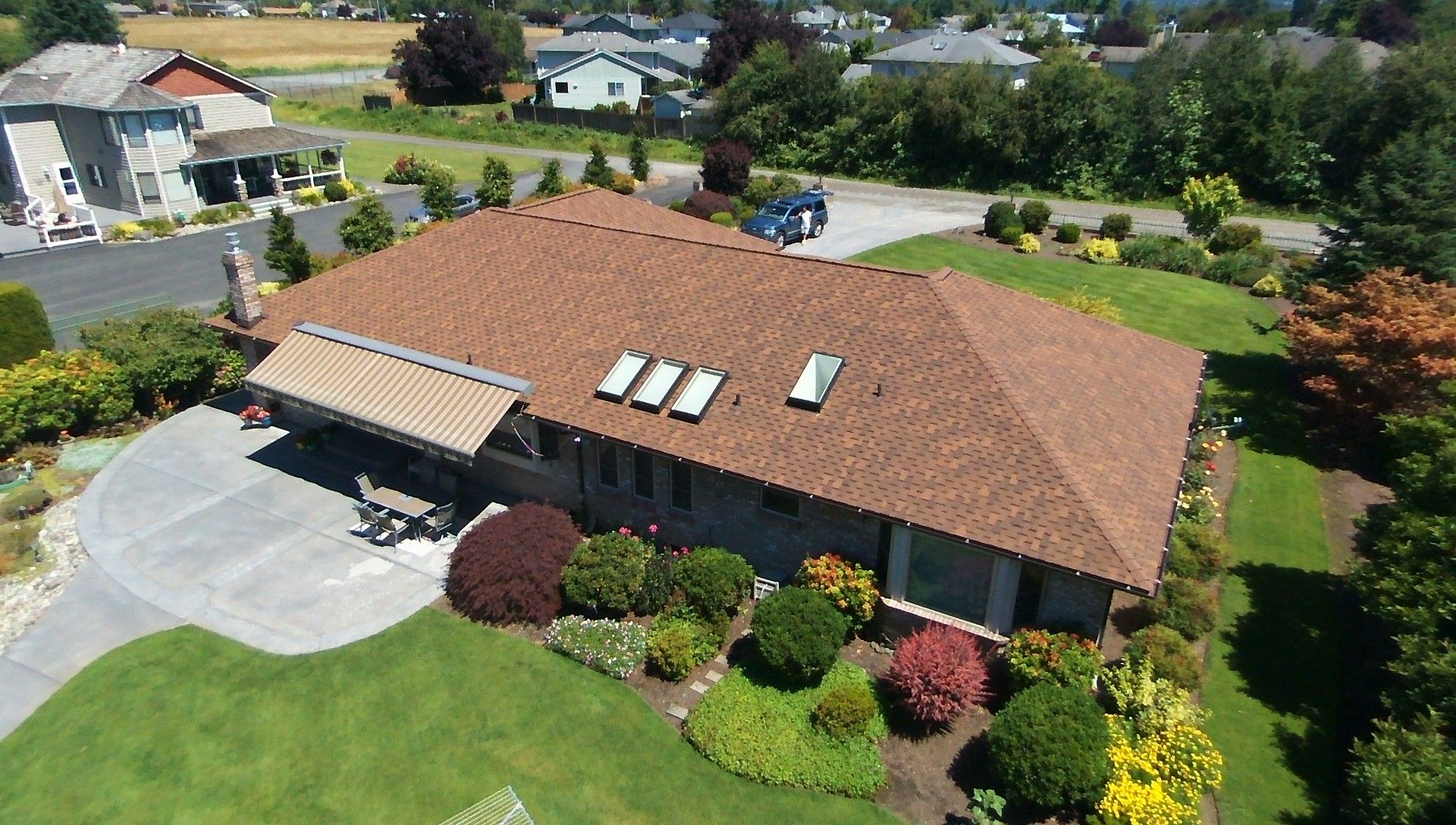TPO vs PVC Flat Roofing: Which is the Best Choice for Your Building?
If you're in the market for a new flat roof, you've probably come across two popular options: TPO and PVC. But what exactly are TPO and PVC roofing, and which one is better suited for your building's needs? In this article, we'll take a closer look at these two materials and help you make an informed decision.
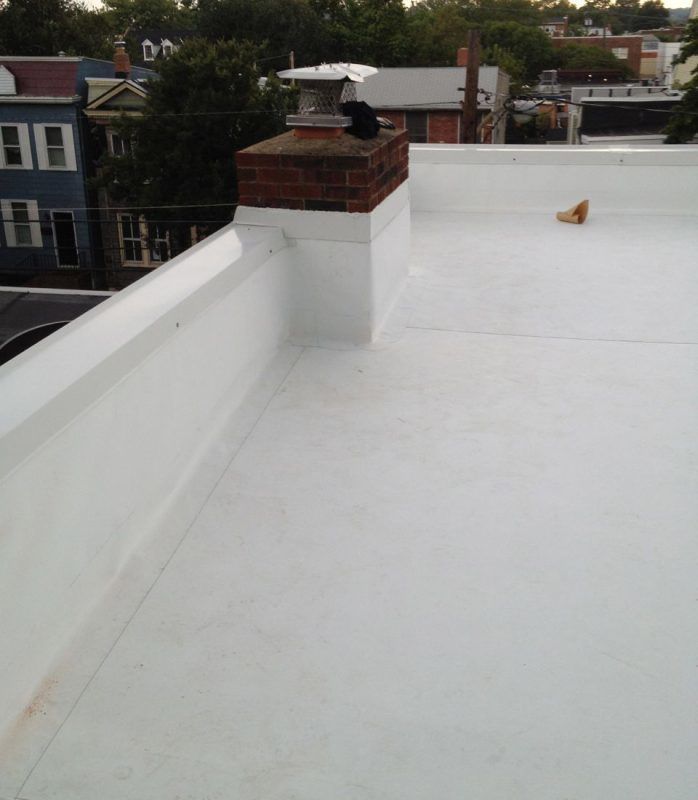
What is TPO Roofing?
TPO (Thermoplastic Olefin) roofing is a popular choice for commercial and residential buildings. It's a single-ply roofing membrane made of a combination of polypropylene and ethylene-propylene rubber. TPO is known for its energy efficiency, durability, and ease of installation. It's also available in a variety of colors, making it a great choice for buildings with a specific aesthetic.
Advantages of TPO Roofing:
- Energy efficient: TPO reflects UV rays, which can reduce your building's cooling costs.
- Durable: TPO can withstand extreme weather conditions, including heavy rain and hail.
- Easy to install: TPO is lightweight and flexible, which makes it easier to install than some other roofing materials.
- Cost-effective: TPO is less expensive than some other roofing materials, making it a great choice for budget-conscious building owners.
What is PVC Roofing?
PVC (Polyvinyl Chloride) roofing is another popular choice for flat roofs. It's a single-ply roofing membrane made of a flexible, synthetic material that's reinforced with polyester. PVC roofing is known for its durability and resistance to fire, chemicals, and other environmental factors. It's also available in a range of colors and can be customized to meet the needs of different buildings.
Advantages of PVC Roofing:
- Durable: PVC roofing can last up to 30 years with proper maintenance.
- Fire resistant: PVC is resistant to fire and other environmental factors.
- Chemical resistant: PVC is resistant to chemicals, making it a great choice for buildings that store hazardous materials.
- Energy efficient: PVC can reflect UV rays and reduce your building's cooling costs.
Which is Better for Your Building?
Both TPO and PVC roofing have their advantages, so it ultimately comes down to your building's specific needs. If you're looking for a cost-effective, energy-efficient roofing material that's easy to install, TPO may be the way to go. On the other hand, if you need a roofing material that can withstand extreme weather conditions, resist chemicals, and provide long-lasting durability, PVC may be a better choice.
Conclusion:
Choosing the right roofing material is an important decision that can affect your building's energy efficiency, durability, and overall appearance. TPO and PVC roofing are both popular choices for flat roofs, but they have different advantages and drawbacks. By considering your building's needs and consulting with a roofing professional from Tristate Roofing, you can make an informed decision that will provide long-lasting protection and peace of mind.




